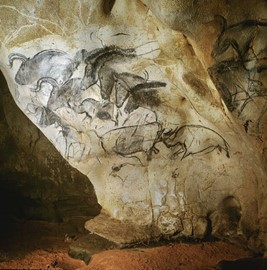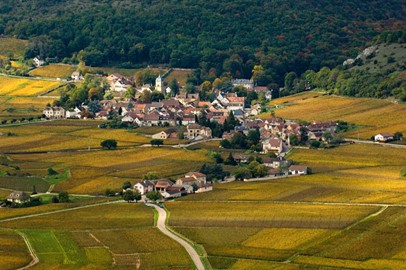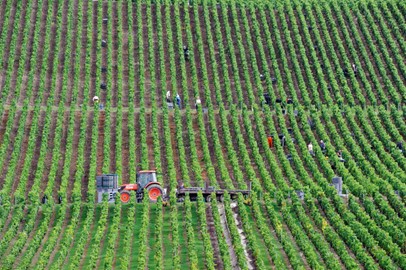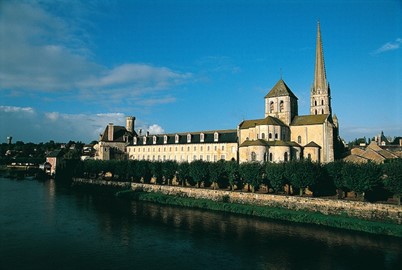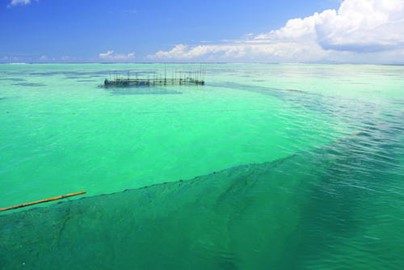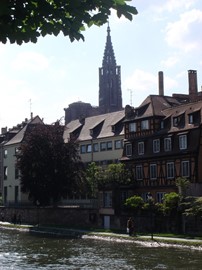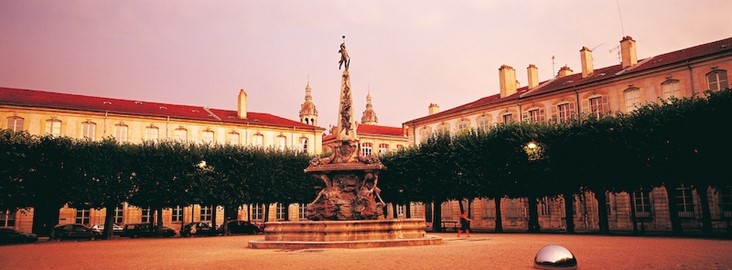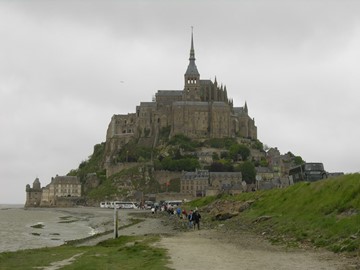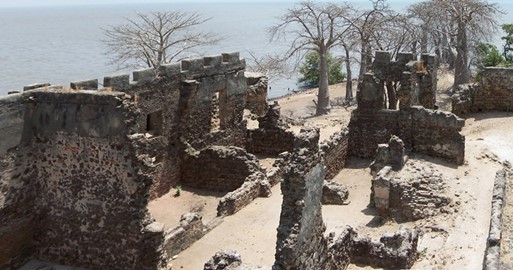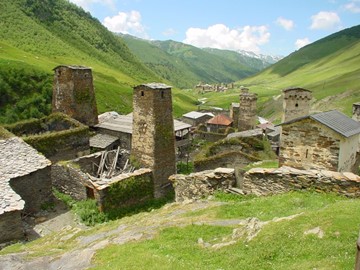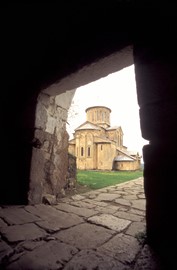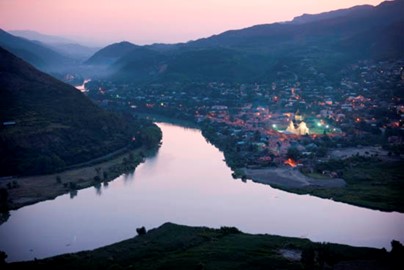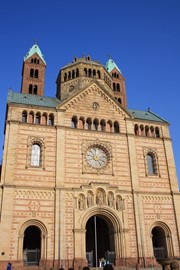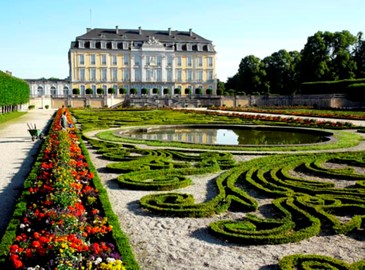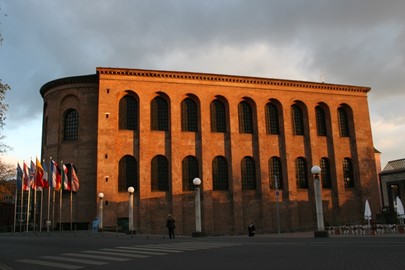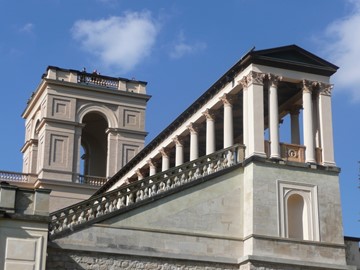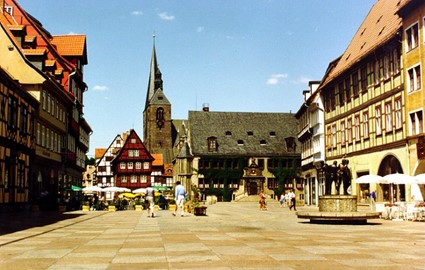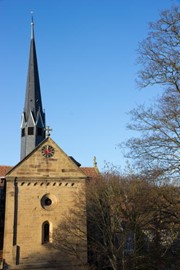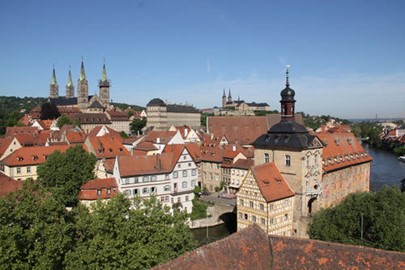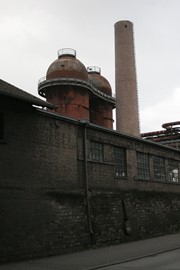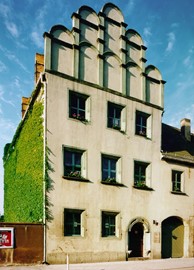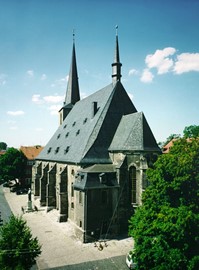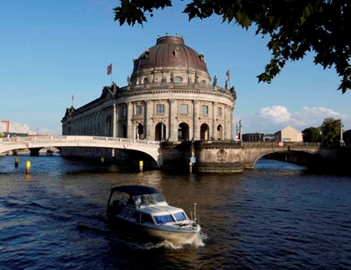category :: cultural
Decorated Cave of Pont d’Arc
The Decorated Cave of Pont d’Arc, a UNESCO World Heritage site in France, is a prehistoric marvel containing some of humanity’s oldest known art, dating back over 30,000 years. Discovered in 1994, its walls are adorned with vivid paintings of animals like horses, rhinos, and lions, crafted with remarkable skill. The cave’s natural archway and chambers enhance its mystique, preserving a fragile snapshot of Paleolithic life. Sealed for millennia, it offers unparalleled insight into early human creativity and ... Read More
Burgundy
The Climats, terroirs of Burgundy, a UNESCO World Heritage site in France, is a historic wine-growing region shaped by centuries of viticulture. Its patchwork of small, defined vineyard plots, known as climats, reflects unique soil and climate conditions. Monks and dukes developed this landscape, building villages and stone walls around the vines. The site includes ancient cellars and chateaux tied to winemaking traditions. It showcases a living legacy of human ingenuity and nature’s influence. This cultura... Read More
Champagne
The Champagne Hillsides, a UNESCO World Heritage site in France, is a historic wine region renowned for its sparkling wine production since the 17th century. Its rolling vineyards, ancient cellars, and charming villages reflect centuries of viticultural tradition. The unique chalky soil and microclimate contribute to the distinctive quality of Champagne. This landscape showcases the ingenuity of winemakers who perfected the méthode champenoise. It blends natural beauty with cultural significance, tied to gl... Read More
Saint Savin sur Gartempe
Saint-Savin sur Gartempe, a UNESCO World Heritage site in France, is a Romanesque abbey renowned for its 11th-century frescoes. Often called the 'Sistine Chapel of France,' its vivid murals depict biblical scenes across the vaulted ceiling. The abbey’s simple stone architecture contrasts with the intricate artistry inside. Built by monks, it reflects medieval religious devotion and skill. This well-preserved site offers a striking glimpse into early European sacred art. Its serene riverside setting enhances... Read More
Taputapuatea
Taputapuātea, a UNESCO World Heritage site in Ra’iātea Island, is a sacred cultural landscape central to Polynesian heritage. It features a complex of ancient marae—open-air temples—built between the 14th and 18th centuries, reflecting 1,000 years of mā’ohi civilization. These stone structures served as political, ceremonial, and spiritual hubs, connecting the living with ancestors and gods. Nestled amidst forested valleys, a lagoon, and coral reefs, it showcases traditional Polynesian architecture and navi... Read More
Strasbourg
Strasbourg, a UNESCO World Heritage site in France, is a historic city renowned for its picturesque medieval core. Its iconic Gothic cathedral, with its intricate facade, towers over half-timbered houses along charming canals. The site reflects a unique blend of French and German influences due to its border location. Known for its role in European history, it preserves a rich cultural tapestry. This well-preserved urban gem offers a captivating glimpse into centuries of architectural and political heritage... Read More
Nancy
Place Stanislas, Place de la Carrière and Place d'Alliance in Nancy, a UNESCO World Heritage site in France, is a historic city celebrated for its 18th-century architectural ensemble. Its elegant squares, including Place Stanislas, feature ornate fountains, gilded gates, and neoclassical buildings. Designed as a royal showcase, it reflects Enlightenment-era urban planning. The site blends French artistry with regal charm. This well-preserved gem offers a glimpse into a refined period of European history.
Loire Valley
The Loire Valley, a UNESCO World Heritage site in France, is a picturesque region renowned for its Renaissance châteaux and lush landscapes. Its grand castles, like Chambord and Chenonceau, reflect the opulence of French royalty and architectural innovation. The valley’s vineyards and charming villages add to its scenic allure. This site embodies a harmonious blend of nature and human creativity. It offers a glimpse into France’s aristocratic past and cultural legacy. The Loire Valley stands as a testament ... Read More
Mont Saint Michel
Mont-Saint-Michel, a UNESCO World Heritage site in France, is a medieval island fortress rising dramatically from the sea. Built atop a rocky mount, its abbey and winding streets reflect centuries of architectural ingenuity. Once a pilgrimage site, it blends Gothic and Romanesque styles seamlessly. Surrounded by shifting tides, it creates a striking silhouette against the horizon. This historic marvel showcases a unique harmony of nature and human creation.
Kunta Kinteh
Kunta Kinteh, a UNESCO World Heritage site in Gambia, is a historic island and related sites that testify to the African-European encounter from the 15th to 19th centuries. Once a key trading post along a major river, it played a significant role in the early slave trade and its eventual abolition. The site features ruins of forts, colonial buildings, and villages, reflecting a complex cultural exchange. Its fragile remnants, preserved as a poignant reminder of history, hold deep symbolic value for the Afri... Read More
Upper Svaneti
Upper Svaneti, a UNESCO World Heritage site in Georgia, is a remote mountainous region preserving medieval villages and stone towers. Nestled among rugged peaks, its ancient settlements reflect a unique cultural heritage shaped by isolation. The distinctive Svan towers, built for defense, stand as architectural icons of resilience. This site blends stunning natural beauty with a rich historical legacy. It offers a glimpse into a traditional way of life largely unchanged for centuries.
Gelati Monastery
Gelati Monastery, a UNESCO World Heritage site in Georgia, is a medieval complex founded in 1106 by King David IV. Known for its stunning frescoes and mosaics, it served as a center of learning and culture during Georgia’s Golden Age. The main cathedral, with its elegant dome, exemplifies Georgian ecclesiastical architecture. Surrounding buildings include an academy that preserved ancient manuscripts. This site reflects the nation’s rich spiritual and intellectual heritage. Its serene hilltop setting enhanc... Read More
Mtskheta
Mtskheta, a UNESCO World Heritage site in Georgia, is an ancient city revered as the birthplace of Christianity in the region since the 4th century. It features historic churches like Svetitskhoveli Cathedral, adorned with intricate frescoes and stone carvings. The site reflects Georgia’s early religious and architectural heritage, blending spiritual significance with cultural legacy. Nestled at a river confluence, its serene setting enhances its timeless charm. This historic gem offers a glimpse into Georg... Read More
Speyer Cathedral
Speyer Cathedral, a UNESCO World Heritage site in Germany, is a monumental Romanesque basilica completed in the 11th century. Known for its massive red sandstone structure and four towering spires, it served as a burial place for Holy Roman Emperors. The cathedral’s innovative vaulted ceiling influenced medieval architecture across Europe. Its grand scale and intricate details reflect the power of the church and empire. This historic site stands as a testament to Germany’s architectural and cultural legacy.... Read More
Castles of Augustusburg and Falkenlust
The Castles of Augustusburg and Falkenlust, a UNESCO World Heritage site in Germany, are exquisite 18th-century Rococo palaces built for prince-archbishops. Augustusburg boasts opulent interiors with frescoed ceilings and grand staircases, reflecting aristocratic splendor. Nearby, Falkenlust, a smaller hunting lodge, features delicate design and serene gardens. Together, they exemplify the elegance and extravagance of the Baroque era. This site offers a glimpse into Germany’s princely past and architectural... Read More
Trier
Trier, a UNESCO World Heritage site in Germany, is one of the oldest cities in the country, founded by the Romans in the 1st century BCE. It boasts an impressive collection of Roman monuments, including the Porta Nigra gate, an amphitheater, and the grand Constantine Basilica. The city also features well-preserved Roman baths and a bridge spanning the river, showcasing ancient engineering. Beyond its Roman legacy, Trier includes medieval and Baroque architecture, reflecting its long history. This site offer... Read More
Potsdam
The Palaces and Parks of Potsdam and Berlin, a UNESCO World Heritage site in Germany, form a magnificent ensemble of Prussian architecture and landscaped gardens from the 18th and 19th centuries. Highlights include the opulent Sanssouci Palace and its terraced gardens, reflecting royal elegance. This vast complex showcases a blend of Baroque, Rococo, and Neoclassical styles, designed for monarchs like Frederick the Great. The sprawling parks, dotted with pavilions and fountains, exemplify meticulous plannin... Read More
Garden Kingdom of Dessau Wörlitz
The Garden Kingdom of Dessau-Wörlitz, a UNESCO World Heritage site in Germany, is an 18th-century landscape masterpiece blending nature and architecture. Designed as an Enlightenment-era retreat, it features elegant palaces, serene lakes, and meticulously planned gardens. This pioneering park reflects innovative landscaping ideas of its time. Its picturesque vistas and neoclassical structures draw visitors into a harmonious vision. The site offers a glimpse into aristocratic leisure and aesthetic ideals. It... Read More
Quedlinburg
Quedlinburg, a UNESCO World Heritage site in Germany, is a medieval town renowned for its well-preserved half-timbered houses and cobblestone streets. Dating back over 1,000 years, it features a Romanesque castle hill and collegiate church, reflecting its historical significance as an early German settlement. The town’s charming architecture showcases a blend of Gothic and Renaissance styles. Once a key center in the Holy Roman Empire, it preserves a rich cultural legacy. This site offers a captivating glim... Read More
Maulbronn Monastery
Maulbronn Monastery, a UNESCO World Heritage site in Germany, is a remarkably preserved medieval Cistercian complex founded in 1147. Its Romanesque and Gothic architecture includes a grand church, cloisters, and monastic buildings, showcasing monastic life’s simplicity and ingenuity. Surrounded by fortified walls, it reflects centuries of religious and cultural history. The site features an innovative water management system, highlighting medieval engineering. This tranquil complex offers a vivid glimpse in... Read More
Bamberg
Bamberg, a UNESCO World Heritage site in Germany, is a medieval town renowned for its well-preserved historic center. Built on seven hills, it features a striking cathedral, half-timbered houses, and a unique old town hall perched over a river. The town reflects a blend of Romanesque and Baroque architecture from the 11th to 18th centuries. Known for its brewing heritage, it exudes a timeless charm. This site offers a captivating glimpse into Germany’s cultural and architectural past.
Volklingen Ironworks
The Völklingen Ironworks, a UNESCO World Heritage site in Germany, is a vast industrial complex from the 19th and 20th centuries, once a leading iron production site. Preserved in its entirety, it features towering blast furnaces, machinery, and workers’ facilities, showcasing the Industrial Revolution’s scale. This site offers a striking look at technological heritage and labor history. Its rusted structures stand as a monument to a bygone era of heavy industry. Today, it serves as a cultural venue, blendi... Read More
Luther Memorials
The Luther Memorials, a UNESCO World Heritage site in Germany, honor Martin Luther’s pivotal role in the Protestant Reformation. These sites include historic buildings like the house where Luther lived and the church where he nailed his 95 Theses. Preserved from the 16th century, they reflect the era’s religious and cultural shifts. The architecture ranges from simple homes to grand Gothic structures, showcasing period design. This collection offers a tangible link to a transformative moment in European his... Read More
Classical Weimar
Classical Weimar, a UNESCO World Heritage site in Germany, is a historic town that flourished as a cultural hub in the 18th and 19th centuries. Known for its association with luminaries like Goethe and Schiller, it features elegant homes, theaters, and parks reflecting Enlightenment ideals. The town’s well-preserved architecture blends Baroque and neoclassical styles, showcasing its intellectual legacy. This site offers a glimpse into a pivotal era of European thought and creativity. Its serene charm and hi... Read More
Museumsinsel
Museumsinsel, a UNESCO World Heritage site in Germany, is a unique island complex housing five world-class museums built between the 19th and early 20th centuries. Renowned for its neoclassical architecture, it showcases an extraordinary collection of art and artifacts spanning human history. The site reflects Germany’s commitment to cultural preservation and enlightenment ideals. Each museum, from ancient treasures to European masterpieces, offers a distinct narrative of civilization. This harmonious ensem... Read More
